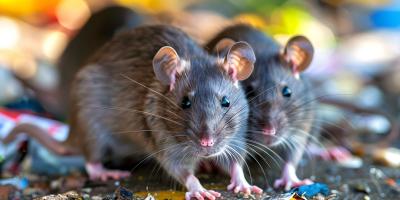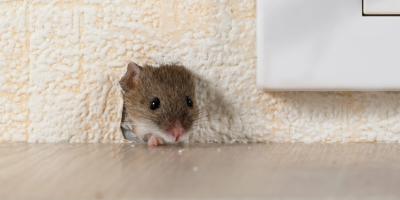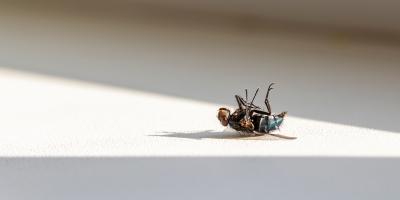How To Protect Your Food Processing Facility From Pests And Rodents

Food processing facilities must be held to the highest standards of cleanliness and must closely monitor and manage their pest management programs. This goal is paramount not just for customer safety, but also to safeguard the reputation of the manufacturers and their products. The best way to ensure your processing facility is completely safe from pests and rodents is to hire a professional company that specializes in creating proactive plans against pests and rodents as their business.
Creating a plan even before the first pest issues arise can save your company from disastrous losses and untold headaches, not to mention your company name. Often, professional proactive plans hinge on three important principles; air systems within your facility, quality controls, and strictly enforced employee safety practices.
Air Pressure And Flow
A very important factor in any food manufacturing safety system is a properly functioning HVAC and air pressure system. Air pressure should be positive throughout your facility, meaning that more air is trying to flow out of the building than in. The pressure should be at its lowest point at the beginning of the processing system and the pressure should increase at each phase, with the pressure being highest at the final processing step.
Air curtains or fans directed toward openings can also be used very effectively to reduce -- and hopefully eliminate -- dust and bird issues. These air curtains should be directly connected to your doors. It is best if they activate automatically when doors to the facility are open. Air filters must be strictly maintained and replaced often to ensure dust and other small allergens are always kept away from food.
Dedicated Quality Control Officers
Good Manufacturing Practices (GMP) call for procedures in place that always keep safety and cleanliness at top of mind. It is important to have one or more employees dedicated solely to quality assurance, giving special attention to the operating plan for pest and rodent control. These officers should focus on monitoring practices between plants and even as food travels between segments of processing within one facility. Your professional pest control company can work with these individuals on what practices to follow for pest prevention and control.
Cleanliness Procedures
Quality control officers cannot be everywhere at once, and much of the onus of a clean manufacturing environment falls on good employee practices being enforced and followed at all times. These employee practices can cover everything from proper refrigeration checks to removing waste as quickly as possible. Each facility will require different levels of employee responsibilities at each station, and possibly at various time intervals; there is no one-size-fits-all plan for every facility.
Ensuring safety -- especially in a food processing and manufacturing facility -- is a complicated process, but professional pest and rodent control companies can help you create a plan from start to finish. This includes specifying what your quality assurance officers should look for, and how often your employees should perform safety checks. A professional team will help you craft a site-specific plan to keep your facility clean and pest free.
Are you concerned about pests infesting your business facilities? Do your employees know how to react to an infestation sighting? Contact JP Pest Services for a free commercial consultation today. Our experienced professionals can educate your personnel on how to handle industry-specific pests to keep your business up and running.



